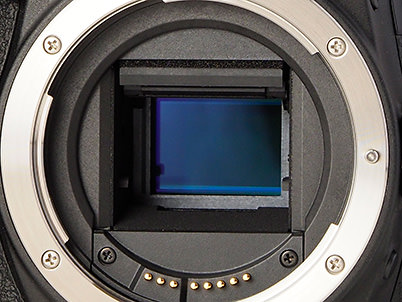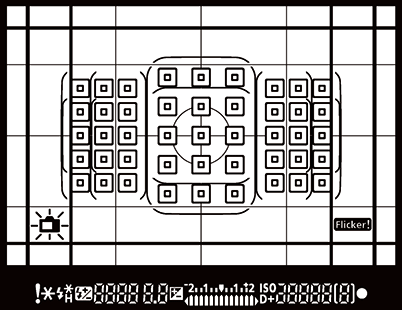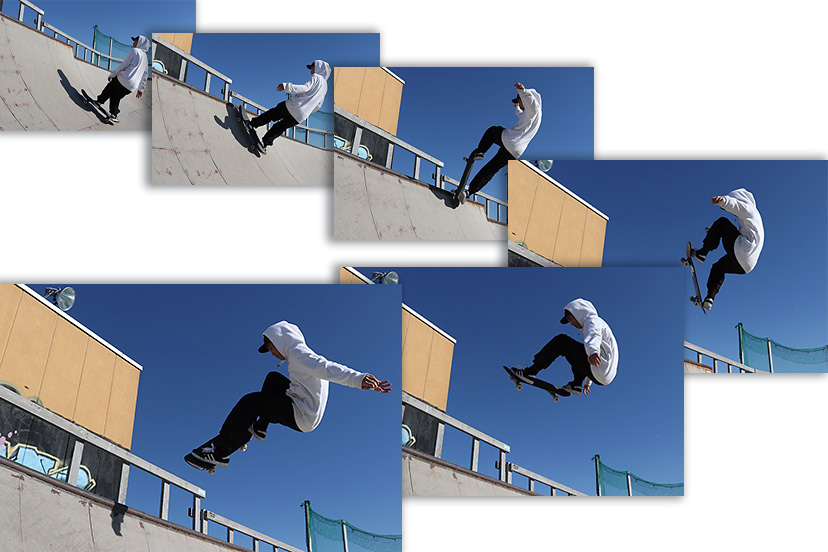EOS 77D: 4 Key Technologies That Aspiring Enthusiasts Will Love
While the EOS 77D may have been developed for photography enthusiasts, it boasts an operability and specifications that rival those of high-end models. Following the previous article on the camera’s external design, we zoom in on 4 internal features such as the image sensor and AF system, to find out what makes the EOS 77D so appealing. (Reported by: Noboru Sonehara)

1. Image sensor
The EOS 77D is equipped with a Dual Pixel CMOS sensor that has an effective pixel count of approximately 24.2 megapixels.

Thanks to the latest DIGIC 7 image processor, the large 24.2 megapixel APS-C sensor can comfortably process information, producing even finer detail and richer gradations in images, and achieving a maximum normal ISO speed of 25600.


2. AF system
When it comes to autofocus (AF) capability in viewfinder shooting unique to DSLRs, the EOS 77D is equipped with a 45-point all cross-type AF system that rivals those of mid-range or higher EOS-series cameras. Cross-type points let you quickly get your subject in focus, both horizontally and vertically. Because all 45 points are cross-type points, it’s easy to see how this provides a high level of AF accuracy. Additionally, the centre point is a dual cross-type AF point that supports f/2.8 and f/5.6.

As for the camera’s performance in Live View shooting, every single pixel on the Dual Pixel CMOS sensor has a phase-difference AF sensor structure. This enables quick and accurate AF (Dual Pixel CMOS AF) across a wide area of the screen—approximately 80% in both the vertical and horizontal directions—even when shooting in Live View.
Canon's excellent proprietary Dual Pixel CMOS AF, which was first used on the EOS 70D, was recently extended to mirrorless cameras such as the EOS M5. And now, it has also been included on the EOS 77D, which is the first model catering to intermediate users to feature it. This promises even more comfortable Live View shooting than before.
3. Continuous shooting
The EOS 77D features a continuous shooting capability of up to 6 fps. This improved speed is thanks in part to the improved processing speed provided by the DIGIC 7 image processor.

When shooting with the viewfinder, AI Servo AF II lets you continuously track moving subjects while maintaining a high image quality (RAW/large JPEG) of around 24.2 megapixels, and select the best shots after the shoot.

4. Wireless connectivity
In addition to Wi-Fi and NFC, which have been supported since earlier models, the EOS 77D now supports Bluetooth as well (Specification version 4.1, Bluetooth low energy technology).
Once the camera is paired with your smartphone, you won’t need any cumbersome setup for subsequent use. Furthermore, because it consumes minimal power, your phone can stay connected to the camera for a long time. With the free Camera Connect app, simply switch to a Wi-Fi connection on your smartphone to view and download images from your camera, and shoot remotely in Live View.

Additionally, the rear side of the body is equipped with a new Wi-Fi button. With a simple press of this button, a list of your connection history is displayed so you can easily select your intended access point.

With the improved image quality and continuous shooting speed from the DIGIC 7 image processor, as well as improved AF performance thanks to Dual Pixel CMOS AF and a significant increase in the number of AF points, the evolution of the EOS 77D is indeed remarkable.
Whether you’re a beginner looking to get your hands on a DSLR or even if you already own a high-end EOS camera, the EOS 77D is a compact yet versatile DSLR that can be used to capture a wide variety of scenes.
Receive the latest updates on photography news, tips and tricks by signing up with us!
About the Author
Delivers daily news related to topics such as digital cameras and peripheral devices, and imaging software. Also publishes articles such as reviews on the use of actual digital camera models and photo samples taken using new models.
After graduating from Shinshu University, he worked for a video production company and then became independent as a photographer. He moved to Kanto in 2010, focusing on photography for various magazines and he also writes for camera magazines, and so on.


































